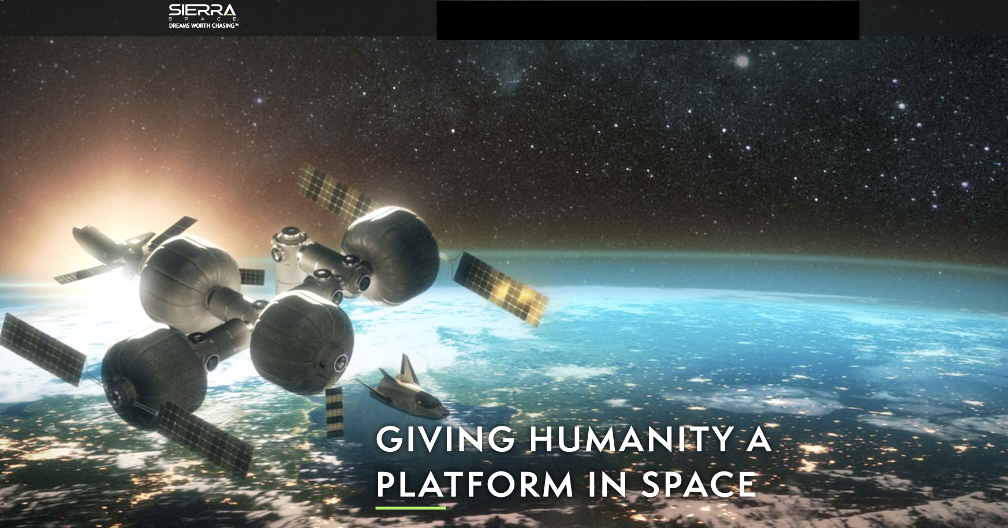

Sierra Space recently completed their first, successful, Ultimate Burst Pressure (UBP) test for the Large Inflatable Flexible Environment (LIFE™) habitat. The test was sponsored by Next Space Technologies for Exploration Partnerships-2 (NextSTEP-2) Appendix A Habitat Systems project, which is managed by NASA’s Marshall Space Flight Center and was performed at NASA’s Johnson Space Center. NASA softgoods subject matter experts and ILC Dover collaborated on the test.


The test, which is the first of two, sub-scale, burst tests scheduled for 2022 in support of Sierra Space’s softgoods certification, used a one-third scale of Sierra Space’s LIFE™ inflatable habitat – which burst at 192 psi – exceeding the safety requirement of 182.4 psi. As a result, this stress test is among the highest publicly released data points for a softgoods UBP test at any scale. Sierra Space will plan the next sub-scale test for later this year.
Sub-scale tests are used to support the overall full system development and to determine the ability of a vehicle to withstand the maximum internal pressure required to cause failure of the vehicle’s pressure shell, commonly known as the restraint layer.
The UBP test is first of several tests that will be performed over the next few years in order to complete NASA’s certification of the LIFE™ habitat’s primary structure for human use in space. NASA’s NextSTEP program falls under the HQ Explorations Systems Development Mission Directorate (ESDMD) Technical Integration’s (TI) Pre-Formulation (PF) Habitation Team.

For NextSTEP-2, Sierra Space is focused on performing critical risk reduction tests and assessing LIFE’s extensibility to multiple space destinations including the moon and Mars. Among other missions in coming years, LIFE habitat will serve as both a habitation and a payload element for the Orbital Reef commercial space station, a collaboration between Sierra Space and Blue Origin.

To view the Ultimate Burst Pressure Test video, please access this direct link…
“The LIFE habitat is one of the most innovative products designed and developed by Sierra Space and is essential for enabling humans to safely and comfortably begin to develop new civilizations in space,” said SVP and GM, Space Destinations, Neeraj Gupta. “The product has many applications in low-Earth orbit and for deep-space and surface habitation on the moon and Mars. LIFE will revolutionize humans’ ability to commercialize and explore space and we could not be prouder to achieve this important milestone. Sierra Space is leading the development of advanced inflatable habitat systems and continues to be the leader in softgoods inflatable systems and architectures.”
“Sierra Space and ILC Dover, along with our partners, have created an innovative approach to softgoods inflatable habitats,” said Shawn Buckley, LIFE Chief Engineer and Senior Director of Engineering at Sierra Space. “This latest UBP test is a testament to the commitment that Sierra Space has pledged to establish itself as the leader in this technology.”
